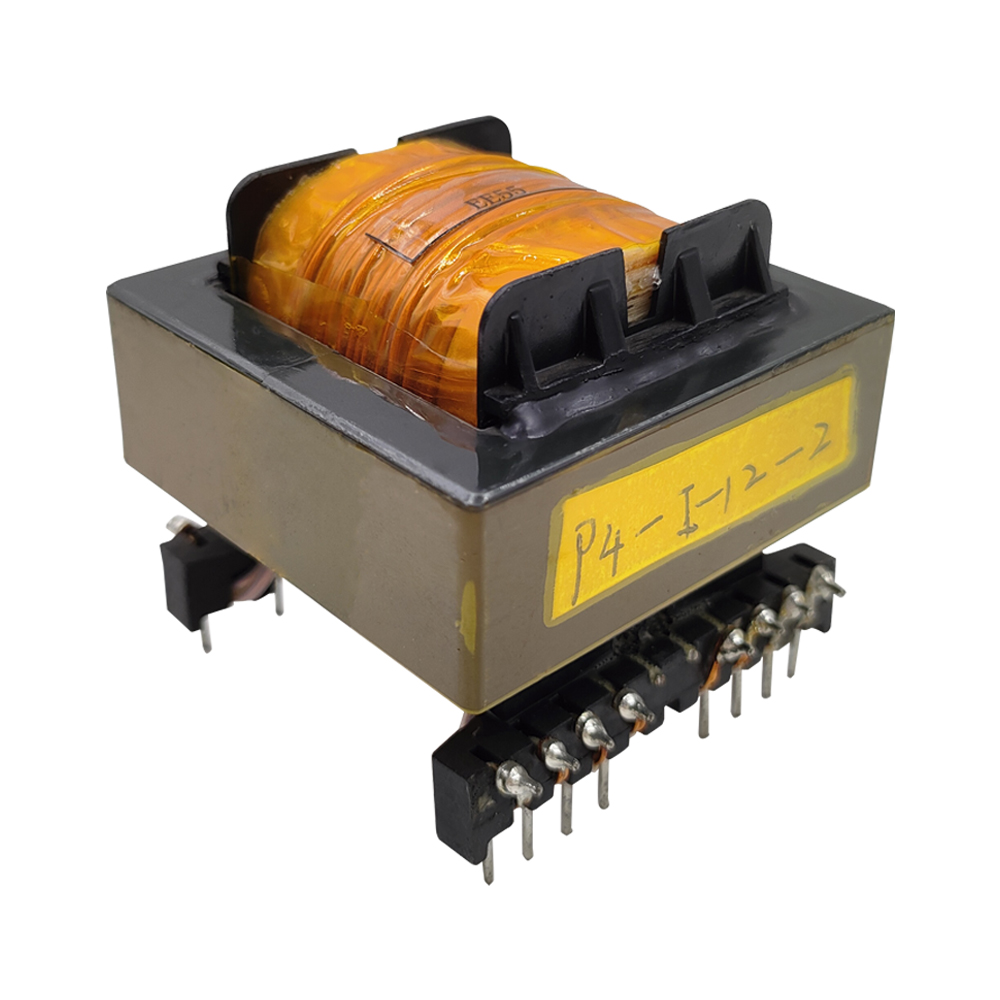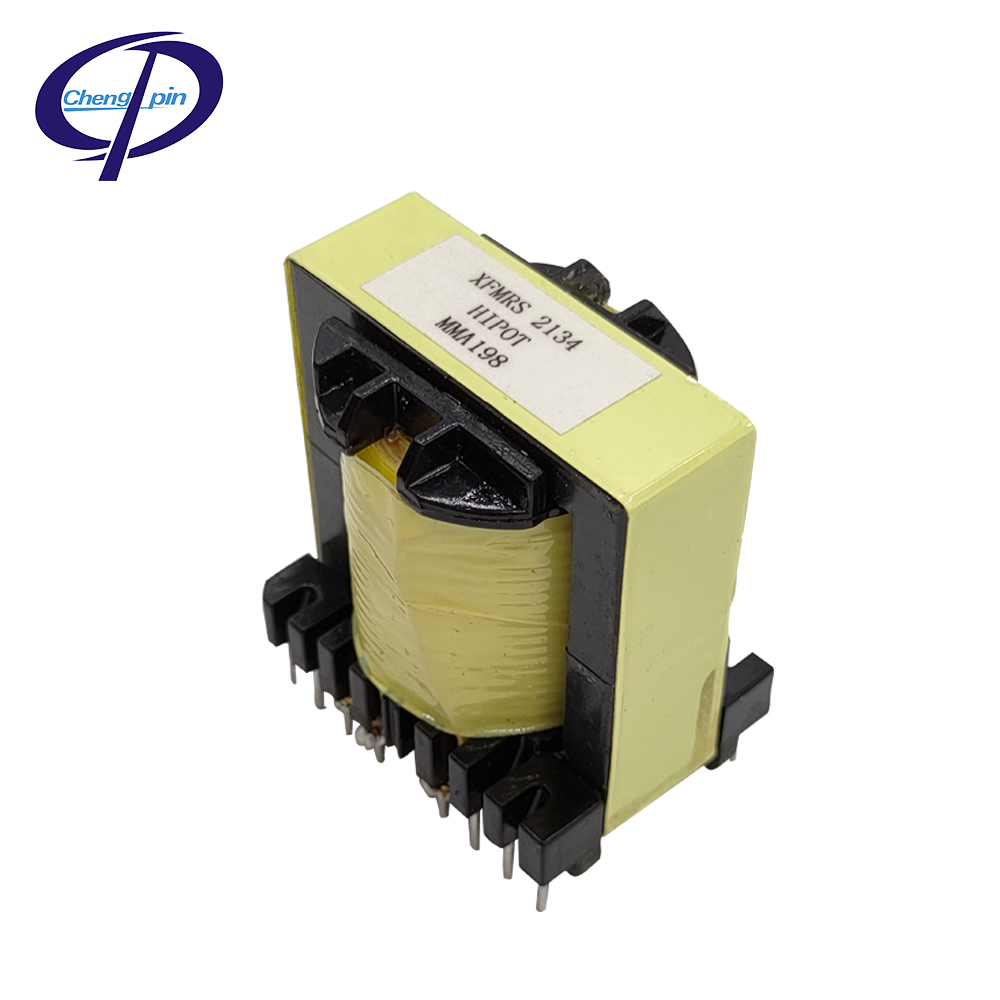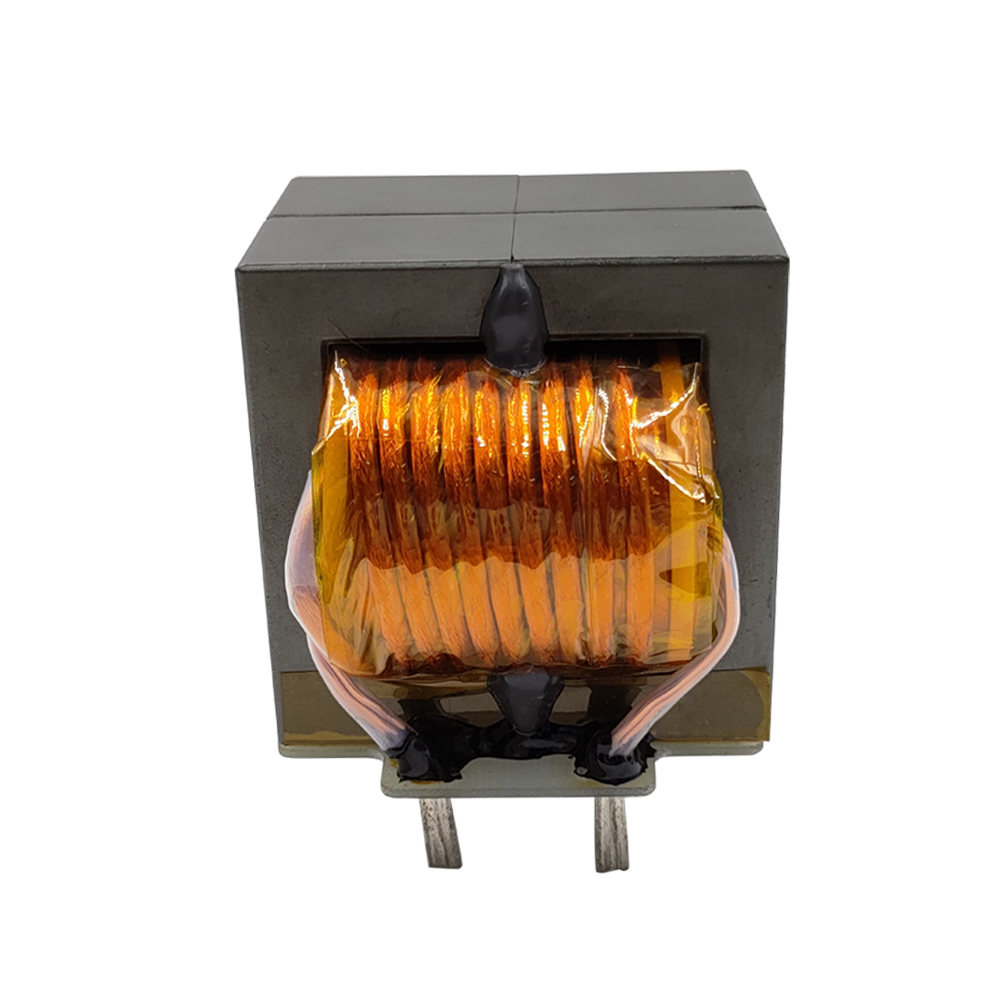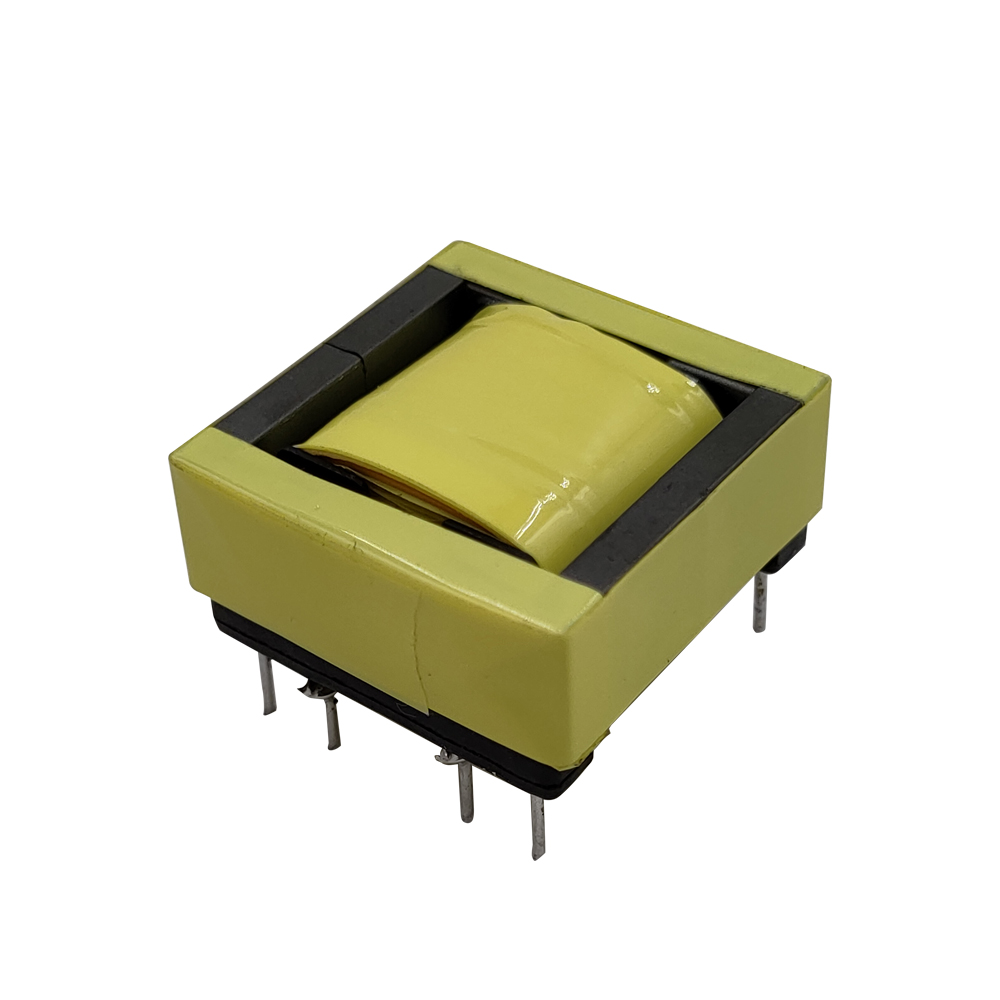Blog

What is the difference between a flyback transformer and a normal transformer?
Flyback transformers and normal transformers differ in their design, operation, and applications. Here are the key differences between the two:
- Operation:
- Normal Transformer: A normal transformer operates continuously in a steady-state manner, with energy transferred from the primary winding to the secondary winding as alternating current (AC) flows through the windings.
- Flyback Transformer: A flyback transformer operates in a discontinuous manner, storing energy in its magnetic core during the "on" period of the input signal and releasing it to the load during the "off" period. This discontinuous operation allows for voltage step-up or step-down, isolation, and energy storage.
- Primary Winding:
- Normal Transformer: A normal transformer typically has a primary winding and a secondary winding, with a fixed turns ratio between them.
- Flyback Transformer: A flyback transformer also has a primary winding and a secondary winding, but it may have additional windings for energy storage and feedback purposes. The turns ratio of a flyback transformer can be varied to achieve different voltage outputs.
- Core Design:
- Normal Transformer: Normal transformers often use a laminated iron or ferrite core to guide and concentrate the magnetic flux.
- Flyback Transformer: Flyback transformers may use similar core materials, but they are designed to operate in a different mode, with energy stored in the core during one portion of the cycle and released during another.
- Applications:
- Normal Transformer: Normal transformers are commonly used for voltage conversion, impedance matching, and isolation in various electronic devices and power distribution systems.
- Flyback Transformer: Flyback transformers are commonly used in applications requiring high-voltage isolation, voltage step-up or step-down, such as CRT displays, high-voltage power supplies, DC-DC converters, and certain types of inverters.
- Energy Storage:
- Normal Transformer: In a normal transformer, energy transfer occurs continuously from the primary to the secondary winding without significant energy storage.
- Flyback Transformer: Flyback transformers store energy in the magnetic core during the "on" period of the input signal and release it to the load during the "off" period, allowing for energy storage and voltage conversion.
Overall, while both normal transformers and flyback transformers are used for voltage transformation and isolation, their operating principles, designs, and applications differ significantly. Flyback transformers are specifically designed for applications requiring energy storage and discontinuous operation, while normal transformers operate continuously in a steady-state manner.

How much voltage is a flyback transformer?
The voltage output of a flyback transformer can vary depending on its design, specifications, and application. However, flyback transformers are commonly used in electronic devices where high voltage isolation and step-up or step-down voltage conversion are required.
In general, the output voltage of a flyback transformer can range from tens of volts to several kilovolts (kV). Some flyback transformers used in CRT (cathode ray tube) displays or high-voltage power supplies can generate output voltages in the range of thousands of volts, such as 10 kV or even higher.
The specific voltage output of a flyback transformer depends on factors such as the input voltage, the turns ratio of the transformer, the operating frequency, and the load connected to the secondary winding. Additionally, the construction and core material of the transformer also play a role in determining its voltage output capabilities.
It's important to note that handling high voltages can be dangerous, and proper safety precautions should be taken when working with flyback transformers or any high-voltage electronics.

What is a high-frequency transformer?

What are the 3 types of transformers?

What is a high-frequency transformer?

What does a flyback transformer do?

